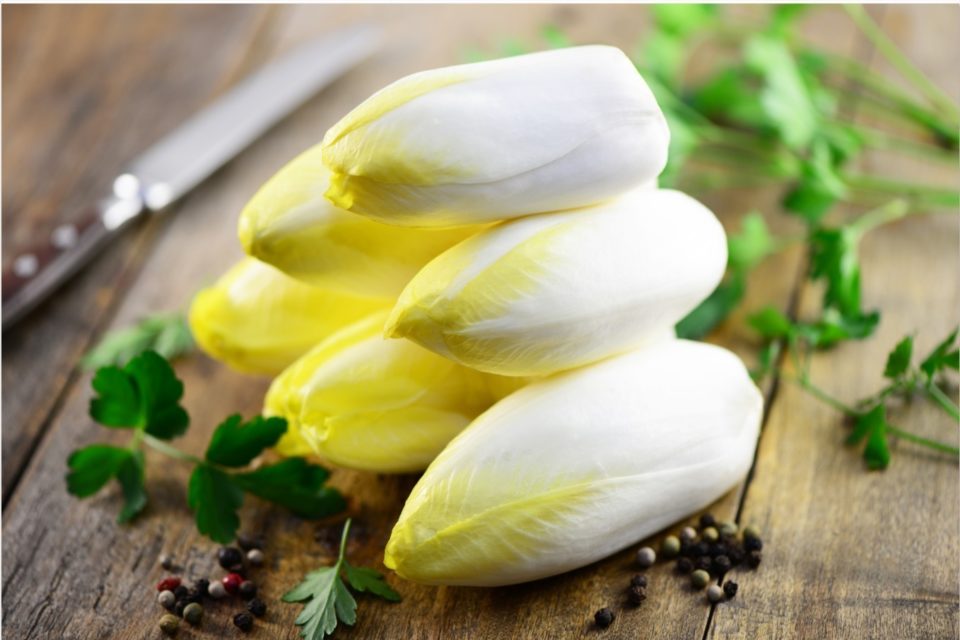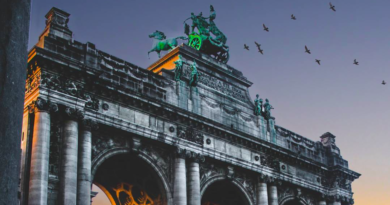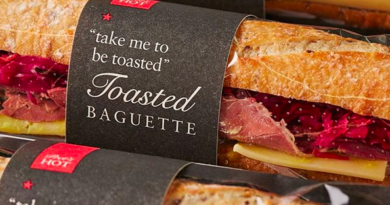The “chicon” is now on the Brussels list of intangible cultural heritage

Once upon a time in the early 19th century, a farmer from Schaerbeek named Jan Lammers left some chicory roots to dry in his cellar and then went off to fight in the Belgian War of Independence. He thought it would be great to have a ready supply of dried leaves to roast into coffee when he got back from the war.
When he finally came home months later, Lammers was astonished to find that white leaves had sprouted and multiplied all over his cellar. Curious about this unfamiliar variety, Lammers picked up one of the leaves and took a bite. Mmmm, it was crunchy and quite savoury. Et voilà, a new vegetable was born. It came to be called chicorée Witloof, which we now know as the Belgian endive, also known as the Brussels chicory, or quite simply, the chicon.
According to another version, the chicon was first discovered and cultivated by Frank Bresiers, chief gardener at the Brussels Botanical Garden. Either way, the point is – it was made and discovered in Belgium, and soon spread to other parts of Europe.
Today, after almost two centuries since its discovery, the cultivation of chicon takes its place in the prestigious Brussels inventory of intangible cultural heritage. The special honor was bestowed on the Belgian endive through the initiative of Brussels Urbanism and Heritage or Urban.brussels.



